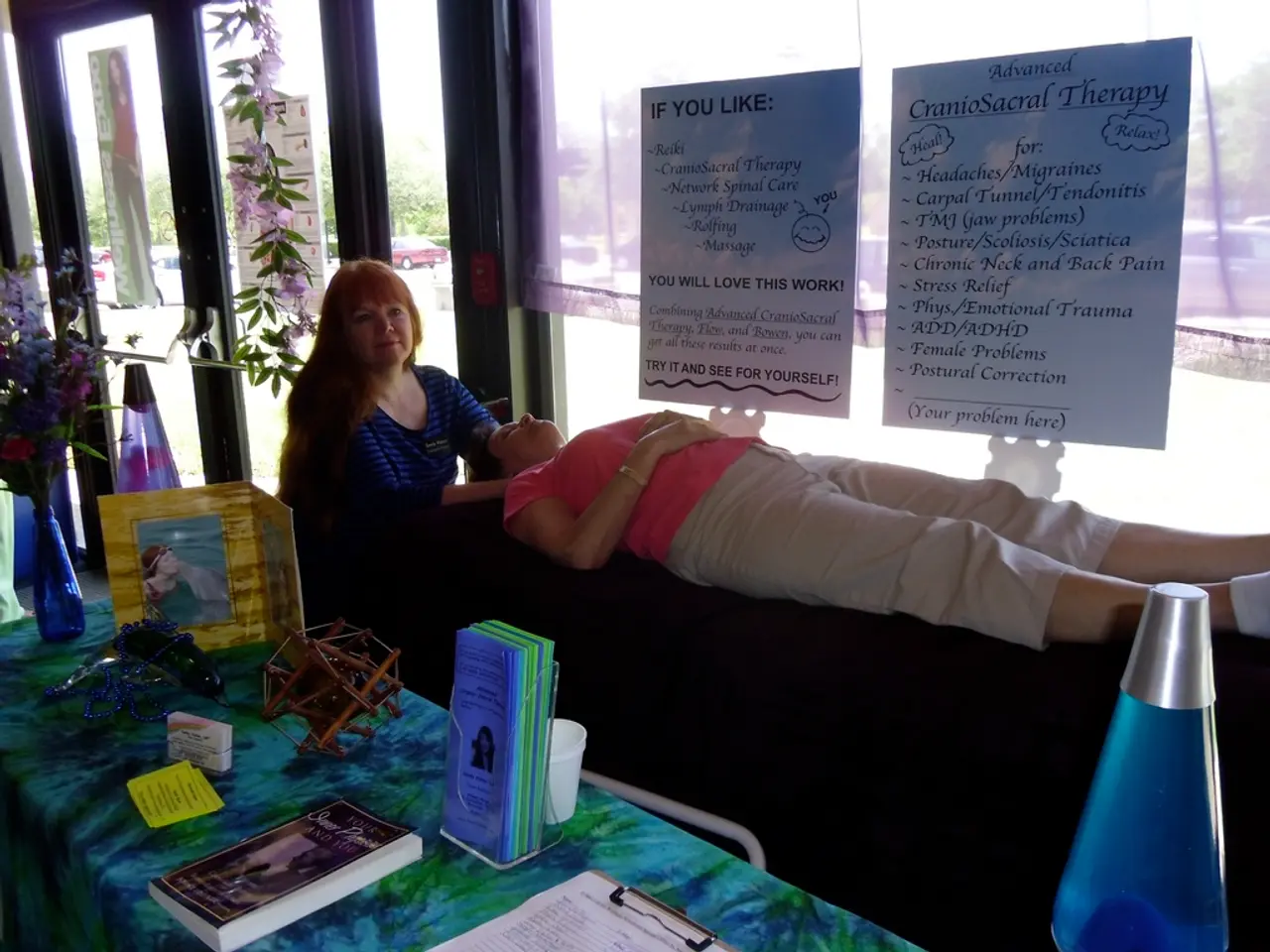Delirium Exploration: Symptoms, Root Causes, Diagnostic Methods, and Therapeutic Approaches
Delirium, a complex condition often encountered in clinical settings, particularly in intensive care units (ICUs), can manifest in three main forms: hypoactive, hyperactive, and mixed delirium. This article aims to shed light on the causes, symptoms, and treatments for each type, as well as provide insights into the management of this condition.
## Common Causes of Delirium
Delirium can arise from various causes, including medications, infections, organ failure, withdrawal, and environmental factors. Certain drugs, especially sedatives and anticholinergics, can trigger delirium. Systemic infections like pneumonia or urinary tract infections, conditions such as acute kidney injury or liver failure, and withdrawal from alcohol or benzodiazepines are other potential causes. Noise, stress, or changes in environment, particularly in ICUs, can also contribute to the development of delirium.
## Symptoms of Delirium
### Hypoactive Delirium
Patients with hypoactive delirium may appear quiet, withdrawn, and less responsive. They may exhibit reduced activity and interest in their surroundings, and have trouble concentrating and maintaining attention.
### Hyperactive Delirium
Hyperactive delirium is characterized by restlessness, agitation, and increased motor activity. Patients may experience visual or auditory hallucinations, difficulty in organizing thoughts and speech, and disorganized behaviour.
### Mixed Delirium
Mixed delirium alternates between hypoactive and hyperactive symptoms within short periods (minutes to hours). Patients may exhibit both lethargy and agitation during different times of the day.
## Treatments for Delirium
### Non-Pharmacological Interventions
Reducing noise, improving lighting, and promoting a calm environment can help manage delirium. Orienting techniques, such as using calendars, clocks, and familiar objects, can help patients stay oriented. Early mobilization, encouraging physical activity, can also reduce the risk of delirium.
### Pharmacological Interventions
Commonly used drugs for hyperactive delirium include antipsychotics, though their use should be approached with caution due to potential side effects like QTc prolongation. Dexmedetomidine, an α-2 adrenergic agonist, can reduce sedation needs and shorten delirium duration, especially beneficial in ICU settings. Haloperidol, while sometimes used, has mixed results in delirium management studies.
### Management of Agitation
A multidisciplinary approach involving liaison psychiatrists and medical teams is essential for managing agitation safely without worsening medical complications. Non-pharmacological strategies, such as environmental changes and behavioral interventions, should be prioritized before medication.
Addressing delirium requires a comprehensive approach that includes both pharmacological and non-pharmacological strategies to manage symptoms effectively and prevent complications.
In conclusion, understanding delirium and its various forms is crucial for effective management. By identifying the causes, symptoms, and treatments, healthcare professionals can provide the best possible care for patients experiencing delirium. If you or a loved one experiences a rapid change in mental state or shows any symptoms of delirium, it is important to contact a doctor or healthcare professional immediately.
- Certain medical-conditions such as infections, organ failure, withdrawal, and neurological-disorders can cause delirium, including pneumonia, urinary tract infections, acute kidney injury, liver failure, and withdrawal from alcohol or benzodiazepines.
- Environmental factors, particularly in intensive care units, can contribute to the development of delirium, such as noise, stress, or changes in environment.
- Patients with hypoactive delirium may seem quiet, withdrawn, and less responsive, exhibiting reduced activity, difficulty in concentrating, and trouble maintaining attention.
- Hyperactive delirium is characterized by restlessness, agitation, and increased motor activity, along with visual or auditory hallucinations, disorganized behavior, and difficulty in organizing thoughts and speech.
- Mixed delirium alternates between hypoactive and hyperactive symptoms within short periods, with patients exhibiting both lethargy and agitation during different times of the day.
- Non-pharmacological interventions for managing delirium include reducing noise, improving lighting, promoting a calm environment, using orienting techniques like calendars and clocks, and encouraging physical activity through early mobilization.
- Pharmacological interventions for hyperactive delirium often involve antipsychotics, dexmedetomidine, and haloperidol, though their use should be approached with caution due to potential side effects.
- A multidisciplinary approach is essential for managing agitation, involving liaison psychiatrists and medical teams to prioritize non-pharmacological strategies before medication.
- Addressing delirium requires a comprehensive approach that includes both pharmacological and non-pharmacological strategies, such as therapies-and-treatments, nutrition, and even alternative options like CBD, to manage symptoms effectively and prevent complications in health-and-wellness, including mental-health management.




